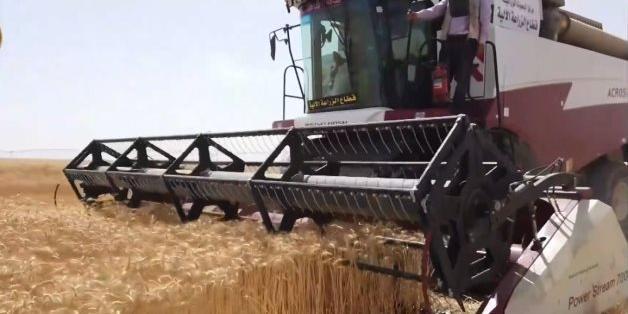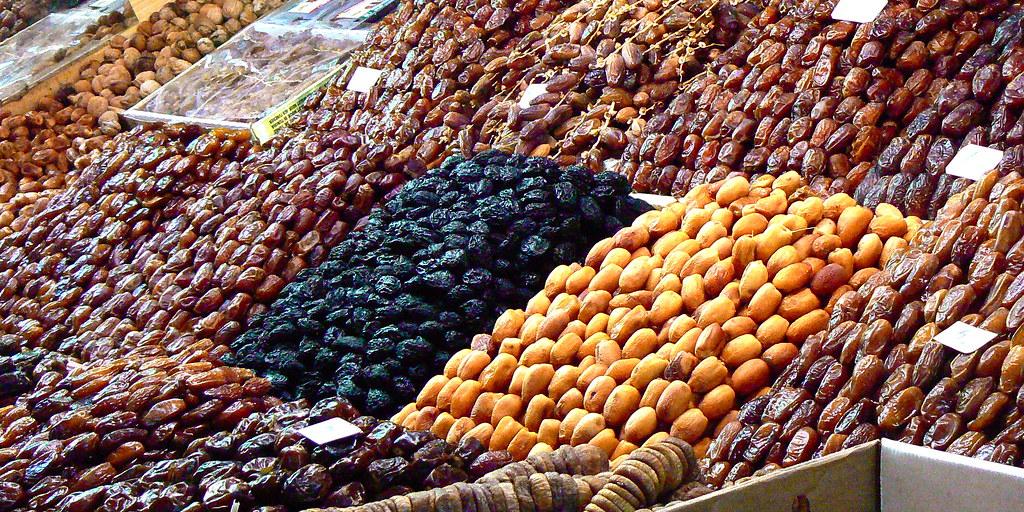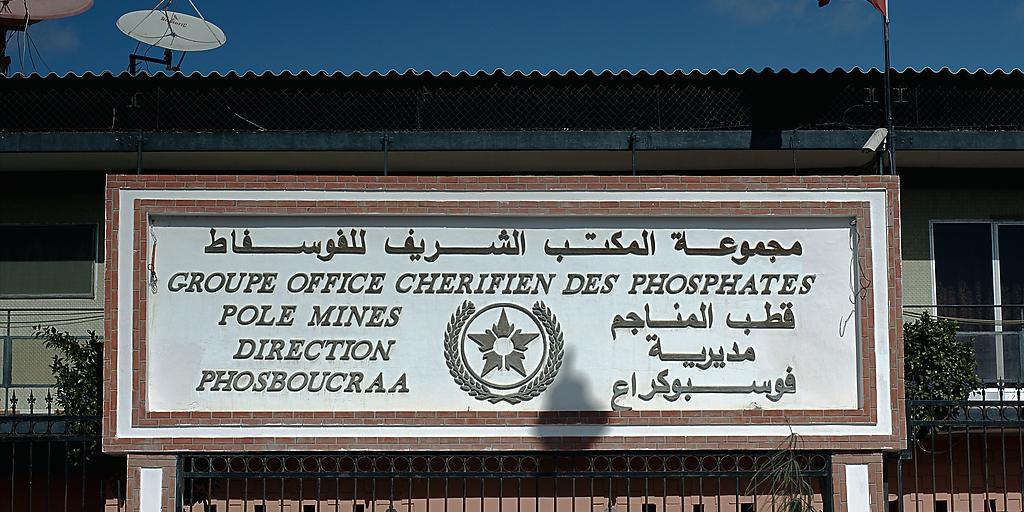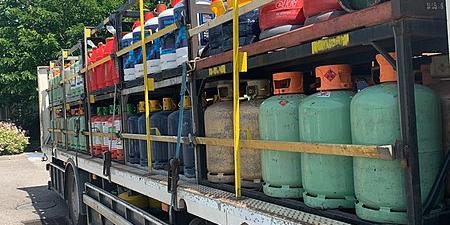Egypt : What has Egypt done to place food security in heart of 2030 Vision?
- 22 April 2022 / News / 374 / Fares RAHAHLIA

CAIRO – 21 April 2022: Food security is in the heart of Egypt’s 2030 Vision as national security issue, and is working on expanding agricultural land, reduce import, and adapt to climate change, Minister of Agriculture Assayed al-Qasir said Thursday.
President Abdel Fattah al-Sisi virtually attended the opening of several wheat silos in several governorates to start the wheat harvest season in Toshka, Aswan in southern Egypt. Several ministers delivered presentations on food security in the conference that live streamed the silo inauguration
Qasir said Egypt has reclaimed 63,900 feddans of wheat in Toshka, 145,200 feddans in Sharq el-Owainat, 4,550 feddans in Dalla Spring area, and 4,050 feddans in Farafra Oasis.
Egypt has also reclaimed 217,700 feddans of agricultural lands in different areas over the recent years that produce around 550,000 tons of wheat annually.
Egypt has established seven wheat silos with a total storage capacity of 420,000 tons in Qalyoubia's Arab Al-Olaikat, Giza's Beni Salamah, Sharqia's New Salhia, Ismailia's Abu Suwir and the areas of San El-Hagar in Sharkia, El-Hammam in Matrouh, and Kharg Oasis, the minister of agriculture said.
Qasir explained that food deficit is not just an agricultural problem, but a strategic political issue that relates to national and regional security. He added that food has become a strategic weapon in the hands of producing and exporting countries to pressure importing countries over political goals.
Hence, Egypt is walking parallel tracks to increase local produce and storage as well as diversify and secure import sources other than Ukraine and Russia, which were Egypt’s top wheat sources. He gave examples such as the U.S., Canada, Argentina, and Australia. Egypt already imports wheat from France and Romania and has added India to the list of wheat exporting countries.
Further, food security is in Egypt’s 2030 Vision through sustainable development, reducing import, establishing new agricultural communities, providing job opportunities, and climate change adaptation.
Sustainable development in agriculture has so far meant more silos and depots, treatment of agriculture drainage water, and lining waterways to reduce loss of water.
Horizontal expansion is mostly in Toshka, north and central Sinai, the New Delta project, the New Egyptian Countryside of 1.5 million feddans, and West Minya project in Upper Egypt, Qasir said.
Meanwhile, vertical expansion is in the New Valley and is intended for produce that matures quickly, needs little water, and is suitable for climate change. Most lands for strategic crops.
The cultivated plot for 2021/2022 of wheat is 3.65 million feddans. The produce is expected to amount to 10 million tons, where 5.5 to 6 million tons will go to the Ministry of Supply to provide subsidized bread and other foods.
This year, the cultivated land increased by 250,000 feddans, Qasir said, adding that agriculture in Egypt contributes 15 percent to the gross domestic product and 17 percent of merchandise exports values at $3 billion, aside from agricultural manufacturing. The entire agricultural area amounts to 9.7 million feddans and the cultivated area reaches 17.5 million feddans.
source: egypttoday.
 English
English
 français
français
 العربية
العربية







